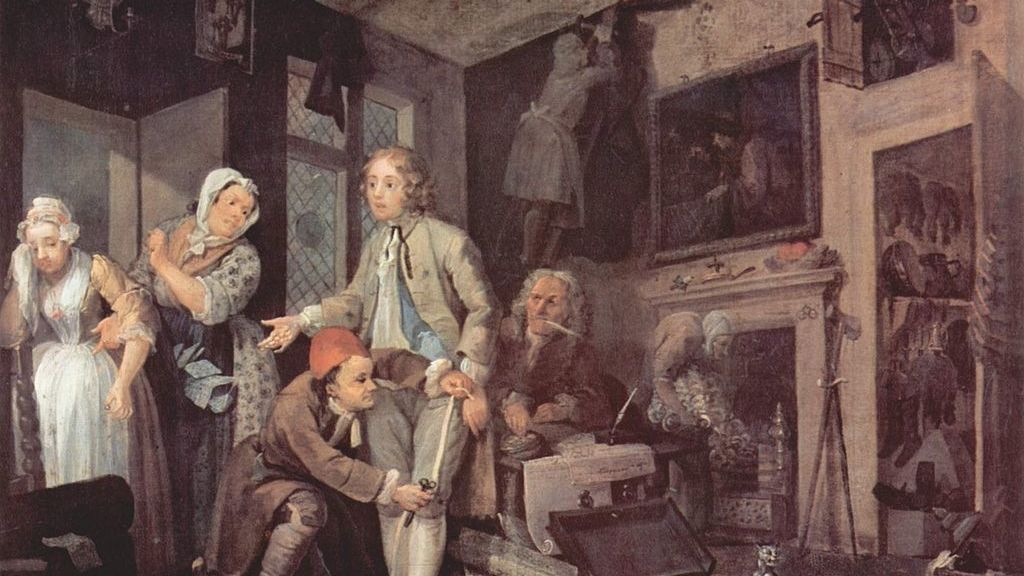Beethoven’s “Pastoral” Sixth Symphony: A Communion With Nature
Beethoven’s Fifth and Sixth Symphonies were completed in the same year of 1808, and were premiered at the same under-rehearsed, four-hour-long concert. Yet, the two works stand as diametric opposites. The Fifth Symphony takes a dynamic journey towards transcendence. It is filled with ferocious, crackling energy and a sense of heroic struggle. Set in the bucolic key of F major, the quieter Sixth Symphony inhabits the stable, enduring world of nature. Beethoven gave it the subtitle, …







